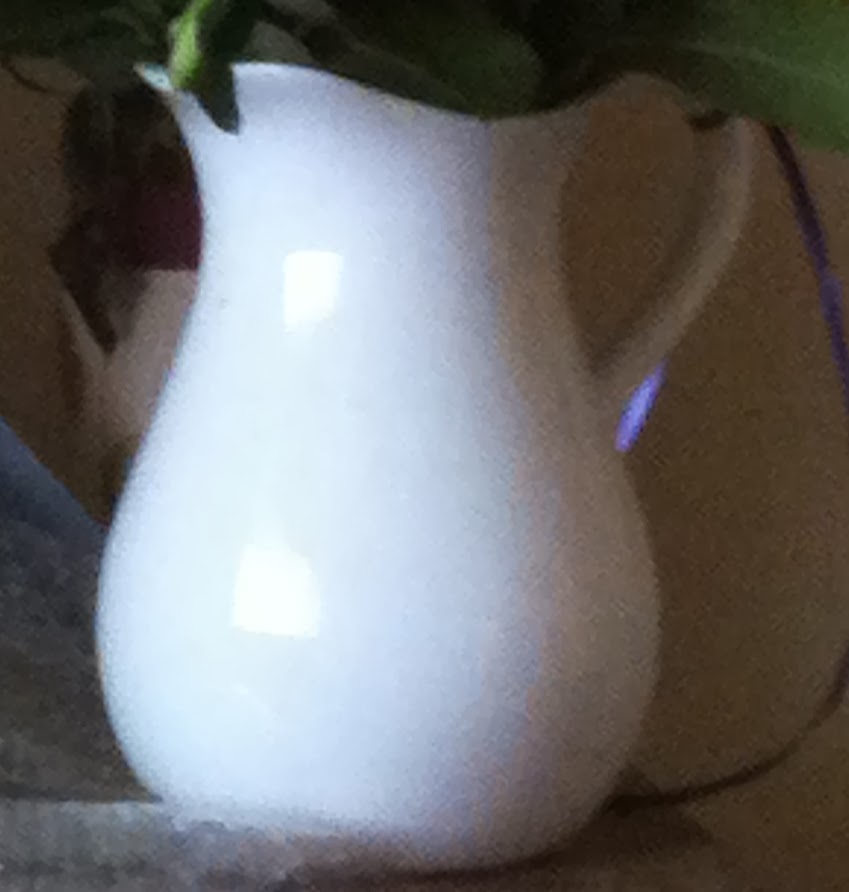We are already at week 4 of this session of classes and boy are these students keeping me on my toes! In the watercolor class we have done a tree peony, a rose and last week a hibiscus, here are some students work from the first two weeks.
The top row are some of the tree peonies and the second row, obviously are roses. Really nice job. It is difficult to do shading and highlights using the white of the paper for the variation in tones and these are really very well done. I will post more as they get done. I can't wait to see some of the finished hibiscus paintings next week.
This week we are going to tackle a problem that faces artists who work from real flowers. If you are a fast painter you won't have to worry about this, but for most of us it can cause a lot of frustration. Flowers continue to open and grow as soon as they are put in water, they reach their perfection state and then proceed to wilt and die. For some flowers that can all happen in a few hours. We can take photos of the flowers and hope the color and lighting stays the same, or we can do quick sketches and use those for the composition and quick color swatches for the color, or we can trust our memories and paint what we remember. So for this project we will be working on tulips. I had a lovely bouquet of red and yellow tulips which I took several photos of. To do the composition I envision I will be using the photo's to draw the tulips in different positions to form the bouquet I want to paint. Here is a montage of the photo's I just took along with some from last year, and the white ceramic pitcher that I am going to use as a vase.


Notice that all of the photos have the same light source, that way my shadows will all work when I start my painting. When I draw my composition I am more concerned with the shape of the flowers than the color of a particular flower. At this point in the process I am also looking at the values and how they will affect the final composition. I will draw the flowers and the vase completely and then decide how the composition will be cropped on the paper. So before I put the drawing down on my watercolor paper, I have worked out my composition, the pattern of my values, and the pattern of my color. I do this work at the beginning of a painting so when I start I can concentrate on just painting. And that after all is the fun part!

Sorry these are so dark but I hope you can see what I did. This first drawing is how I start the vase. Drawing in the general shape of the object, the box, then dividing that space in half, then drawing in the horizontal and vertical lines where the vase changes shape I can construct the shape of the vase that is the same on both sides.
Now I draw in shapes where the flowers are going to be. This is where the composition starts to take shape.
Once I have an idea of where the flowers are going to be I start to draw in the different tulips, referencing the photo for individual shapes.
Beginning shading has been added and leaves. You can see here that I also thinned down the bottom of the vase to follow the actual vase. This drawing will be my guide when I start to paint for light source, and shading. All of these drawings are done on tracing paper. Using the tracing paper allows me to keep what I like on to the next drawing, or move object a bit without having to start over. Saves a lot of time and aggravation.
Here is the final pattern for the painting. You can see that I have made some changes from the last drawing. When I look at this I see several ways to crop that would make an interesting painting, so my challenge to you is for you to crop the drawing however you see the best painting result. Be assured there is no wrong way to do this, if you like the whole composition use it, if you see one tulip that speaks to you then do that. What ever you decide to do it will be your creative voice. Good luck can't wait to see what you all do!!!
I would be terribly remiss if I didn't put up some of the pieces from the drawing class. The first week we did some up close work with eyes, the second week it was portrait on tinted paper with graphite and white charcoal, this last week it was conte on tinted paper. Absolutely brilliant work by these artists.
Next week we will be starting on a portrait rendering, using either graphite, conte, or colored pencil. The subject is up to the artists so this should be fun and very interesting!!
I hope you all are having a very happy Valentines day!




















